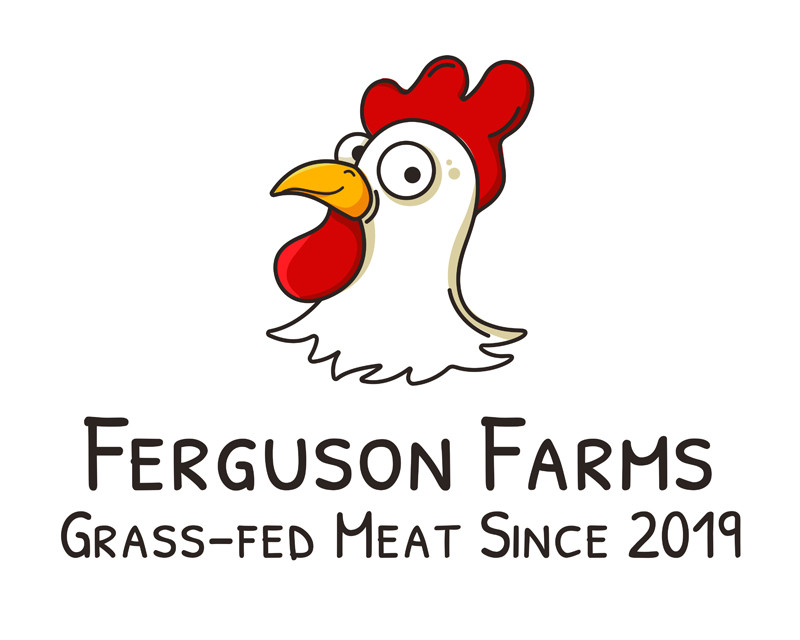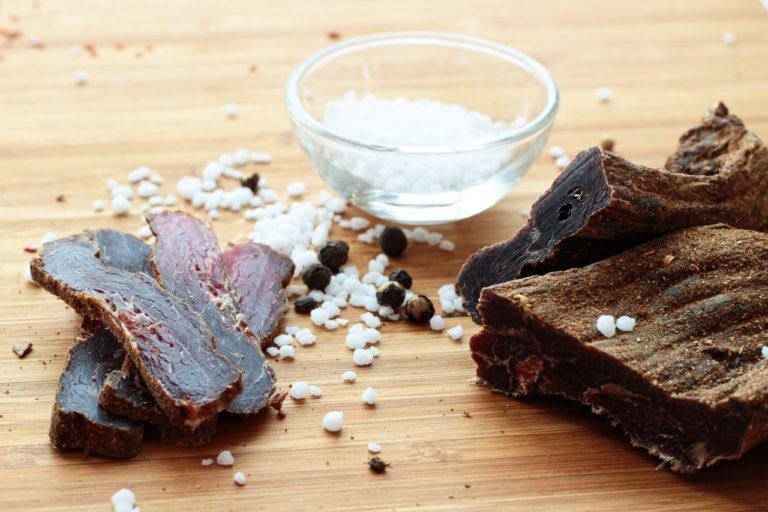BILTONG VS JERKY: KEY DIFFERENCES EXPLAINED
Healthy snacks have become all the rage recently. And according to recent reports, the healthy snacks market is expected to grow into a $32 billion industry by 2025. Increasing awareness regarding the benefits of healthy eating is a key trend driving the healthy snacks market.







